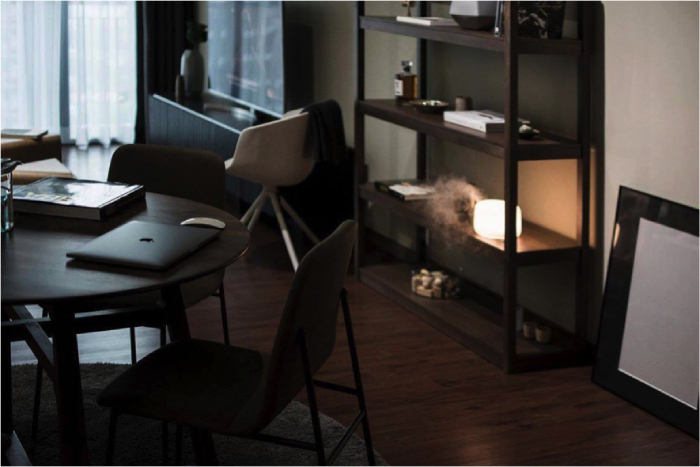Tips on buying the right dining table

Chinese New Year is ringing round the corner! Expect great feasting and socialising - all over a trusty dining table where reunion meals take place or an exciting game of BlackJack is exchanged.
If shopping for a new dining table is on your CNY checklist, here is a trusty guide on the types of dining tables that would suit your lifestyle needs.
MATERIAL
Solid wood is a classic material because it is durable and easy to repair.
If you are opting for a wood dining table, look out for hardwood such as mahogany, walnut or oak for better durability instead of composite wood, which include plywood, hardwood solids and MDF (Medium Density Fiberboard). Find out more details and tips on caring for your wood furniture here.
CONSIDER YOUR NEEDS BEFORE SETTLING ON SHAPE
The two main factors that should determine the shape of your dining room table should be the shape and size of your dining room area and the number of people you usually seat around your dining table.
Certain shapes lend themselves better to certain conditions. Assessing both these factors will ensure that you create a flow that makes your space look and function better.
1. RECTANGULAR

The most common shape of all - rectangular dining tables are ideal for homeowners that often like to host because they can seat a large number of guests for large-scale entertaining.
Their linear shape also allows for ample room to walk around the table. However, this shape can also be big for tight spaces with the addition of chairs.
Work around this by opting for long benches instead of chairs, which allow you to push them under the table when not in use to create more space.
2. ROUND

Round dining room tables are great for small gatherings and look good in any shaped room.
Plus, round tables have two unique traits: they allow everyone at the table to see and easily converse with everyone else, and they feel casual because there is no head of the table.
However, note that round tables are not ideal for large groups, unless you have a large round table.
3. OVAL

Oval dining tables are a unique visual interest. Their rounded corners not only create the illusion that they occupy less space, but also provide a visual contrast to counter angular lines on other design elements within the room.
Like a round table, oval tables create intimacy and flexibility.
PAY ATTENTION TO TABLE SUPPORTS
Last but not least, when picking your dining table, pay attention to the type of table supports as the base can influence how many people you would like to fit at a table.
LEGS

A table with four corner legs is the most common table support. Corner legs offer a good deal of stability, which makes them ideal for longer tables. They also have a traditional look that appeals to many homeowners.
However, if you are planning on having a full table of diners for each meal, they might not be the best option.
You'll have to work around the legs to ensure that everyone has space, which means you might not possibly maximise the full use of the table surface.
PEDESTAL

The main benefit to a pedestal base table is that it allows for freedom of seating. There are no legs to contend with so chairs can be moved or added wherever you like.
It also reduces wear and tear on your floors as it does not require you to slide the chair back to stand up. By removing the legs, it also creates the illusion of a larger room.
However, pedestal tables can be more susceptible to tippling if weight or force is applied to the edge as you only have one central point of contact with the floor. This can be dangerous for homes with small children.
It is important to carefully consider how you live on your dining room table. There are many options available that can provide specific benefits for each and every lifestyle.
Just remember to always check for sturdy and reliable construction.
This article was first published in Home & Decor.